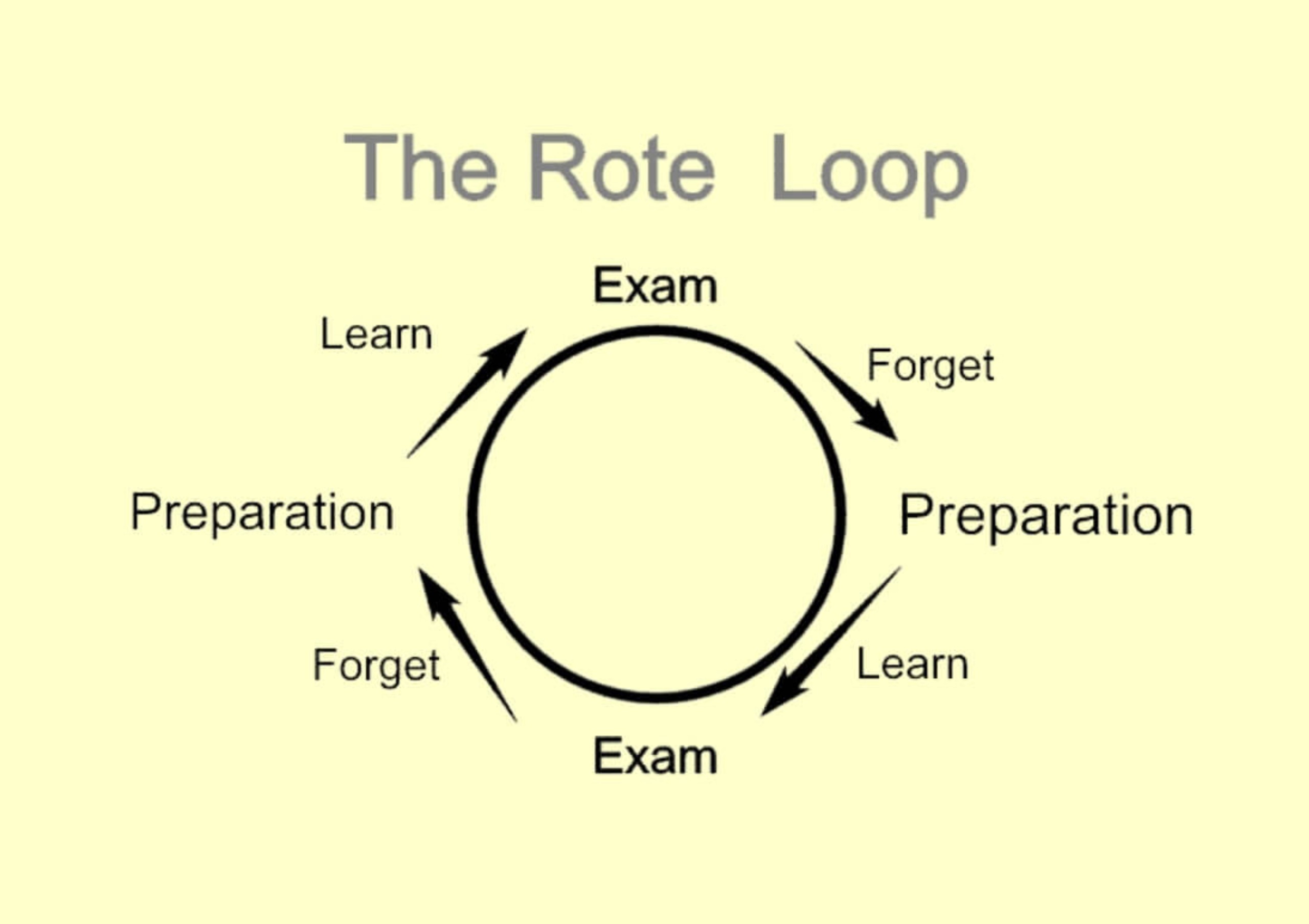
Jazzbaat News Network
Rote learning is harmful to our children. It is still being done by children in many parts of the world.
In common terminology the ‘Rote learning’ is a learning technique which keeps away from the basic and dynamic understanding of a subject and instead focuses more on memorization.
The process seen involved in rote learning is learning by repetition like that of parrot learning . The idea is that one will be able to swiftly recall the meaning of the material the more one repeats it.
Rote learning is much used in the mastery of foundational knowledge. The examples of it include phonics in reading, the periodic table in chemistry, multiplication tables in mathematics, anatomy in medicine, cases or statutes in law, basic formulas in any science, etc. Rote learning, eschews comprehension and creativity, and consequently, it is an ineffective tool in mastering any complex subject at an advanced level. However, rotelearning is still useful in passing usual annual exams especially in underdeveloped parts of the world. But, it does not help a pupil to crack high level competitive exams and produces educated pupils who have very limited hold on their subjects, as rote learning ignores creativity and comprehension which are pre-requisites for achieving par-excellence in a particular area if study. This has been exactly the case that students in many areas don't shine in high competitive exams due to rote learning.
Experts have also stressed time and again that we need to do our level best to avoid rote learning.